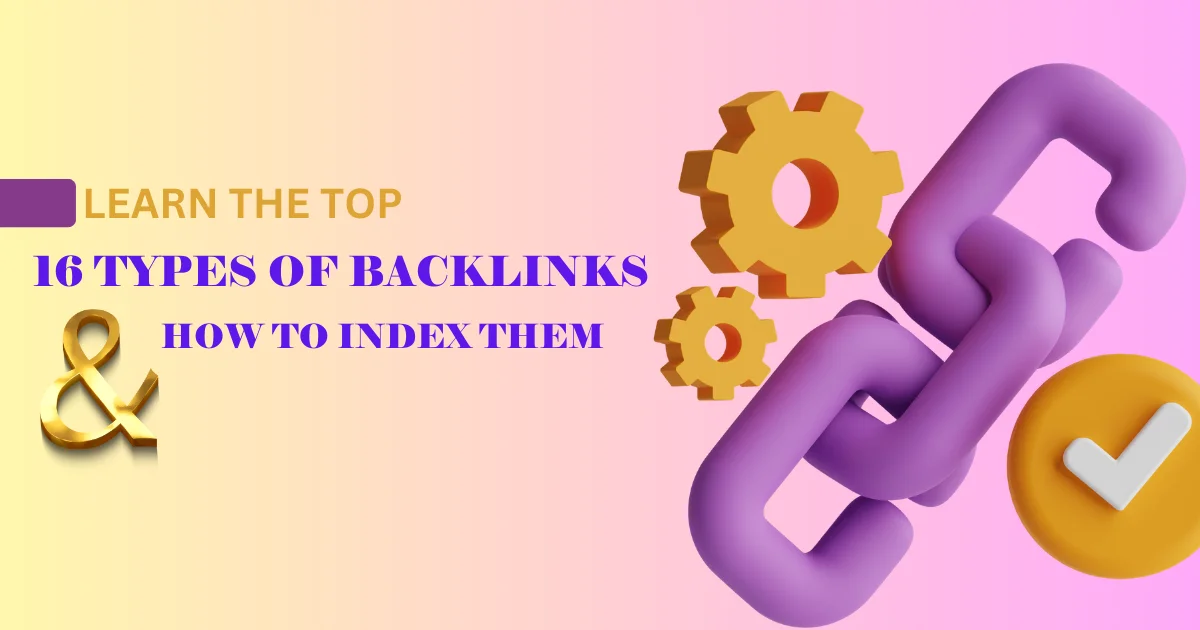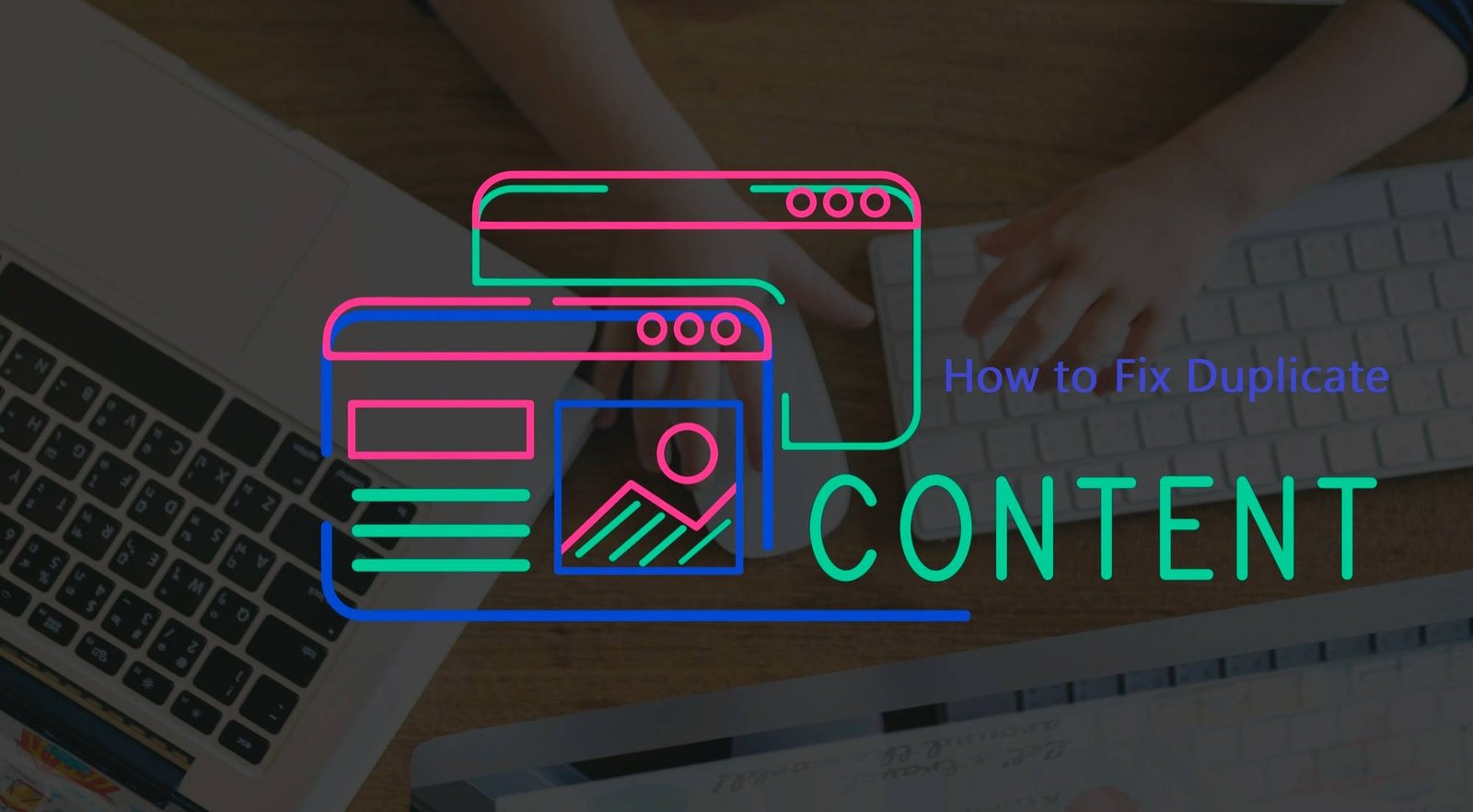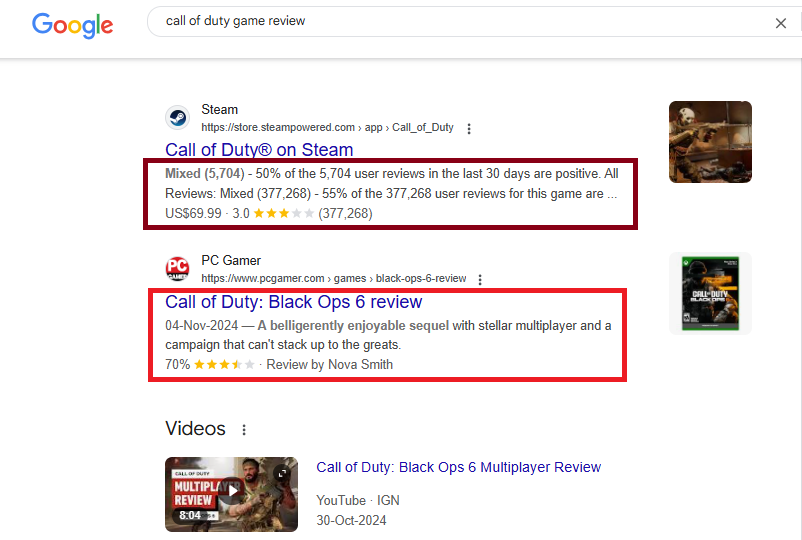Have you heard about the importance of backlinks for your website’s SEO but are confused about the various types?
Don’t worry; we all have been there. That’s why we’ve brought you this friendly guide to help you understand the top 16 types of backlinks in SEO that you need to know. We will explain everything in plain English to help you get seen by more people online.
So, let’s boost your website’s ranking right now with these quality backlinks.
Major Types of Backlinking
First, you should know the major categories of backlinking in SEO before knowing its different types. There are 3 categories of backlinks, also called tiered links:
1. Tier 1
These are backlinks from highly relevant and authoritative websites that point directly to your website. That’s the most powerful type of link and has the biggest impact on your SEO.
2. Tier 2
These are the backlinks when a website refers to the Tier 1 links on your site and supports the content linked in Tier 1.
3. Tier 3
Lastly, the 3rd tier links point to the tier 2 links on your website to support their content. But these are less effective than the other 2 types. We hope you’ve understood the concept of backlink types.
16 Important Types of Backlinks in SEO You Need to Know
Link-building is one of the top 3 major ranking factors for SEO. Now, let’s quickly explore the most important types of these that can improve your rankings.
1. Guest Blogging
Writing guest posts for reputable websites in your niche allows you to add a link to your website naturally in the bio or content. Guest posts help increase your website’s authority and visibility. But ensure that the blog sites you are trying to contribute to are credible and relevant. Less quality sites can harm your search engine rankings or best SEO practices.
2. Comment Posting
These backlinks come from leaving thoughtful comments on relevant blog posts or forums, such as:
- Quora
Always make sure your comments provide value to readers and are not spammy, and low-quality comment links can negatively impact your site.
3. Acknowledgment Backlinks
These are backlinks you receive when a website gives you credit for offering help or providing services. They’re often found in acknowledgment sections of industry-specific articles.
4. Editorial Backlinks
Editorial backlinks happen naturally when your content is considered valuable and other websites link to it within their content. These links are highly beneficial because they’re contextual, relevant, and generally earned based on merit.
5. Paid
These are the backlinks you get when you pay a third party to add a reference to your website. According to Authority Hacker, about 74% of people are paying for these links. While paid links can improve your rankings quickly, they can put your website at risk if they don’t look natural and relevant and can violate Google’s Webmaster Guidelines, leading to penalties.
6. Article Directory
You can obtain backlinks for your website by submitting articles to various niche directories, such as:
- Yelp
- Yellow Pages
- Angie’s List
However, article directories are not as effective in modern SEO practices compared to other types of backlinks. Despite this, you can still generate traffic from them.
7. Broken Link Building
Identify broken links on other websites using tools like Broken Link Checker, then offer your content as a replacement to the site owner. This strategy provides mutual benefit and can secure high-quality links. So don’t avoid this step.
8. Resource Page Links
A resource page is a webpage that lists useful links, tools, or articles related to a specific topic or industry. These pages are often created by trustworthy websites to help users find valuable information quickly.
Getting a backlink from a resource page is highly beneficial because these sites are usually well-curated, meaning the links they include are carefully selected and come from high-quality sources. To earn a resource page link, you can reach out to website owners and suggest your content as a helpful resource they can add to their list to boost your SEO and credibility.
9. Bookmarking Site Links
Bookmarking websites like Pinterest, Digg, and Delicious lets users save and share links to content they find useful. When you submit your website or blog posts to these platforms, other users can find, save, and click on your links, which can drive traffic to your site.
If many people bookmark your content, it sends positive signals to search engines, helping to improve your SEO. Regularly share your content on these platforms and engage with users to build visibility and generate more traffic back to your website.
10. Footer links
Footer links are backlinks placed in the bottom section (footer) of a website. Some websites add links to other sites in this area as a way to offer credit, partnerships, or additional resources. While footer links can help your website’s SEO, their value depends on the quality and relevance.
11. Picture Backlinks
Use relevant pictures in your content to attract quality backlinks. Semrush has even proved that high-quality pictures with descriptive titles and better visibility can help get around 555% more quality backlinks.
12. Video Backlinks
These links don’t directly affect the SEO of your website. But still, you can find the video backlinks in the given places of a video when your videos are uploaded on YouTube, Vimeo, or any other relevant platform:
- Descriptions
- Content
- Comments
13. Press Release
When authoritative media outlets publish press releases about your business, you get press release backlinks. These are highly beneficial when coming from trusted, high-domain authority news sources.
14. Private Blog Network (PBN) Links
PBN links are part of a network of websites used to build backlinks to your main website. While this can quickly boost rankings, Google considers PBNs as manipulative and spammy, often resulting in penalties. Hence, PBNs are generally discouraged for long-term SEO.
15. Webinar Backlinks
Hosting or participating in webinars can provide an opportunity to link back to your site, boosting organic traffic. Links can be shared in the webinar description, event pages, or follow-up resources.
16. Dofollow
When a website tells search engines to pass on some of their authority to your website through a link, it is called a dofollow backlink. You can use it in a 20/30 ratio where 70% is the do-follow backlink and 30% is the no-follow backlink for excellent results.
Summing Up
Quality backlinks can do wonders for improving our website performance in the search engines like Google, Bing, Yahoo, etc. But you must focus on choosing quality links instead of just chasing their number. The reason is that the more quality backlinks you have, the more likely you will rank higher on the search engine results page (SERPs). Now, if there is still something you need to understand, then you are most welcome to visit our link building section.
You get the 16 types of backlinks, then it’s time to index them too.
Getting 16 types of backlinks can significantly improve your SEO performance. However, if these don’t get indexed by search engines, they won’t help your website rank higher. Indexing is a crucial step in the link-building process, as it ensures that search engines recognize and evaluate the links pointing to your site. Without proper indexing, even the best backlinks may go unnoticed, limiting your potential to climb the search engine rankings. To maximize the benefits of your backlinks, utilizing effective indexing tools is essential. Here are some popular options that can help:
Omega Indexer
Omega Indexer is a powerful tool designed to help webmasters and SEO professionals quickly get their backlinks indexed by search engines. By using Omega Indexer, you can streamline the process of getting your links recognized, ensuring they contribute to your website’s SEO efforts efficiently. It’s especially useful for those who have implemented extensive link-building strategies and want to see quick results in their search rankings.
Omega Indexer Alternative rapidurlindexer.com
If you’re looking for an Omega Indexer alternative, consider RapidURLIndexer.com. This tool offers a user-friendly interface and effective indexing solutions, making it easy to submit your URLs and get them indexed promptly. RapidURLIndexer.com is known for its reliability and speed, making it a great choice for webmasters who need to ensure their backlinks are recognized quickly by search engines.
IndexMeNow
IndexMeNow is another indexing tool that aims to help users get their backlinks indexed more efficiently. It is particularly useful for those looking to boost their SEO by ensuring that every link pointing to their site is crawled by search engines. With IndexMeNow, users can optimize their backlink strategy and improve their chances of ranking higher on search engine results pages.
Indexmenow Alternative Rapid URL Indexer
For those seeking an IndexMeNow alternative, RapidURLIndexer can be a solid choice. This tool not only provides fast indexing services but also offers a variety of other features that enhance your overall SEO strategy. By using RapidURLIndexer, you can improve the visibility of your backlinks and ultimately boost your website’s performance in search engine rankings.
Indexification
Indexification is a popular service that helps webmasters get their backlinks indexed quickly. With its automated processes, indexification allows users to submit multiple URLs at once, saving time and ensuring that all links are efficiently processed. This tool is perfect for those who have a large number of backlinks and want to ensure they are recognized by search engines.
Indexification Alternative rapidurlindexer.com
If you are searching for an indexification alternative, RapidURLIndexer.com is a great option. Known for its simplicity and effectiveness, it offers fast indexing for your URLs while ensuring that you receive the most benefit from your backlinking efforts. RapidURLIndexer.com is particularly useful for webmasters looking to streamline their indexing processes without sacrificing quality.
FAQs about Backlinking Types
1. Which backlink is most powerful?
Dofollow backlink is the most powerful link at present because it highly increases the domain authority of a website.
2. How many types of links are there in SEO?
The exact number of backlinks has yet to be determined. However, according to Hubspot, there are almost 20 types of important backlinks that you must know.
3. How many backlinks do I need to rank?
You generally need 100 or fewer backlinks to your site’s pages and around 50 backlinks to the homepage to rank higher on the SERPs. But you are not bound to a specific quantity of backlinks.
4. What do Web 2.0 backlinks mean?
These are the backlinks you get for your website when you write high-quality content on Web 2.0 platforms like social media platforms, Wikipedia, blogs, etc.
5. What is the meaning of a spammy backlink?
A spammy backlink is a link that a website places anywhere on its page without any relevance to content or user experience. Its purpose is to improve search engine rankings, but it negatively affects your website’s SEO instead of ranking it.








